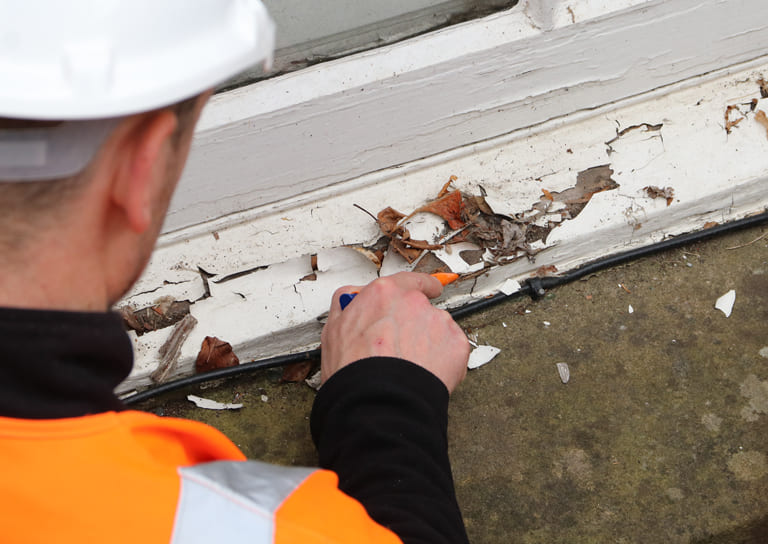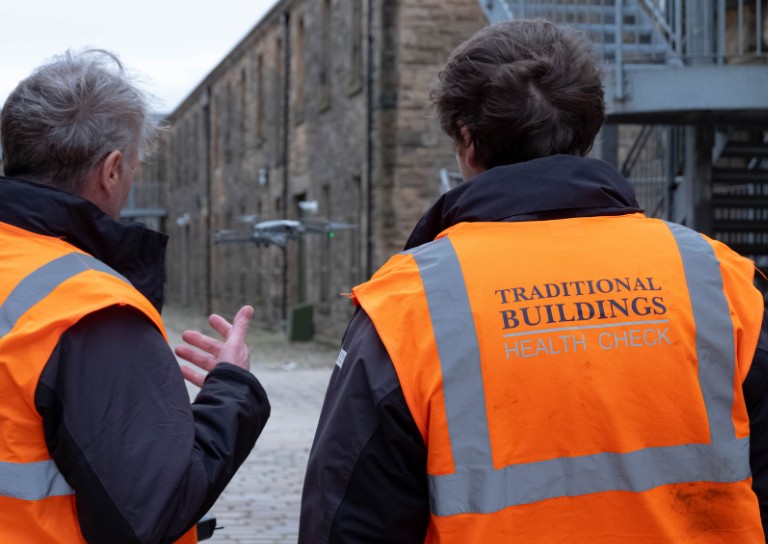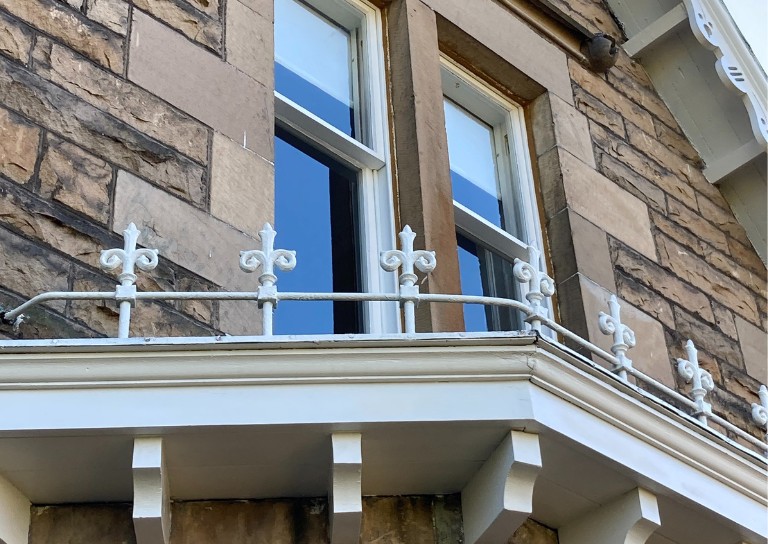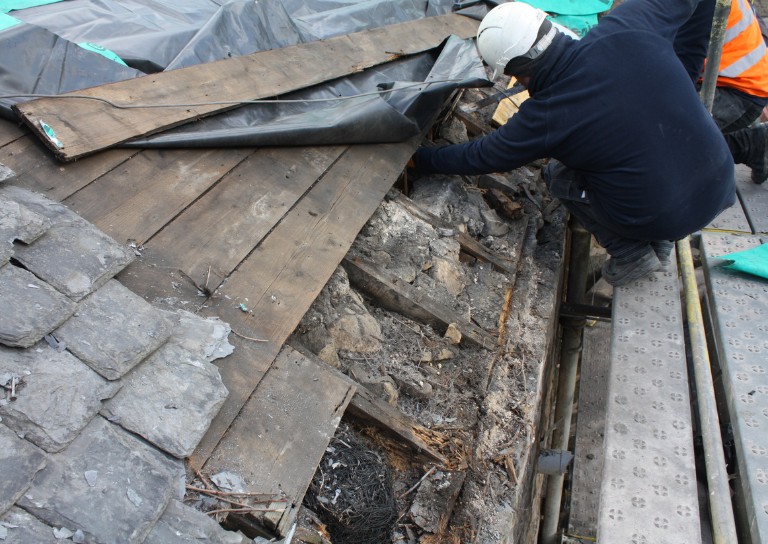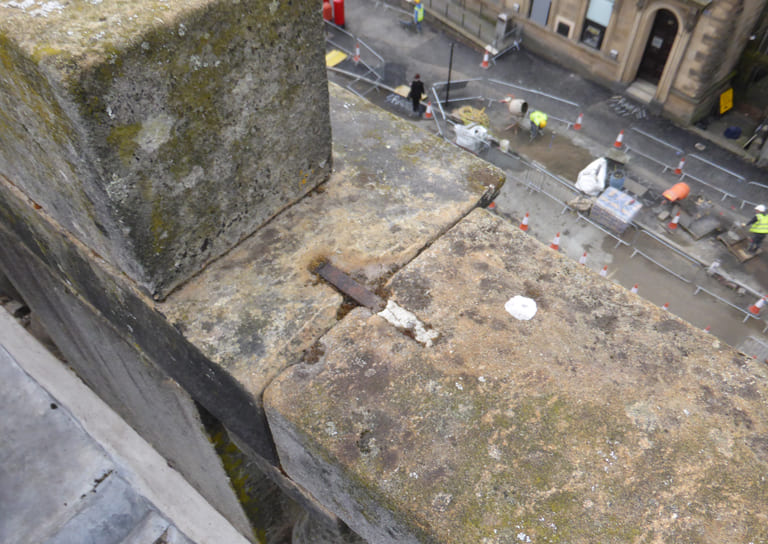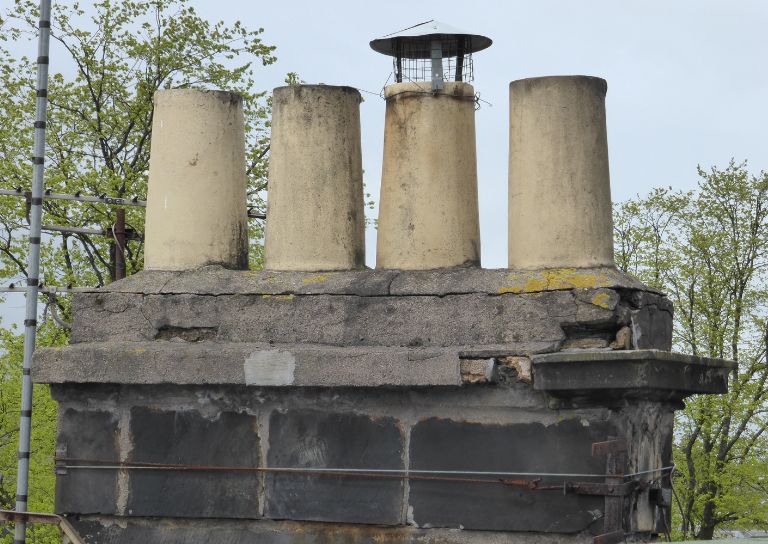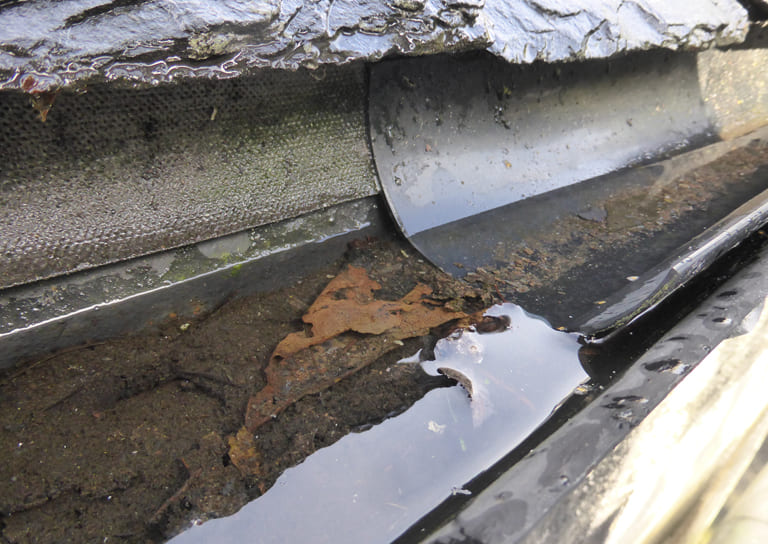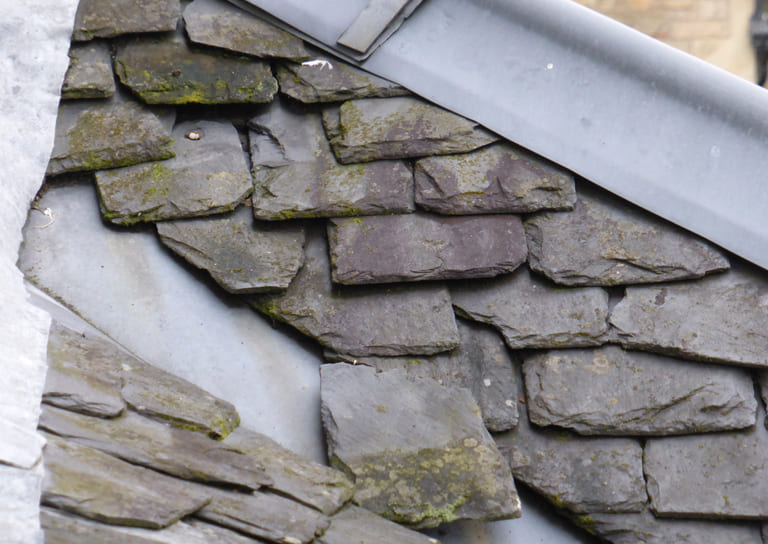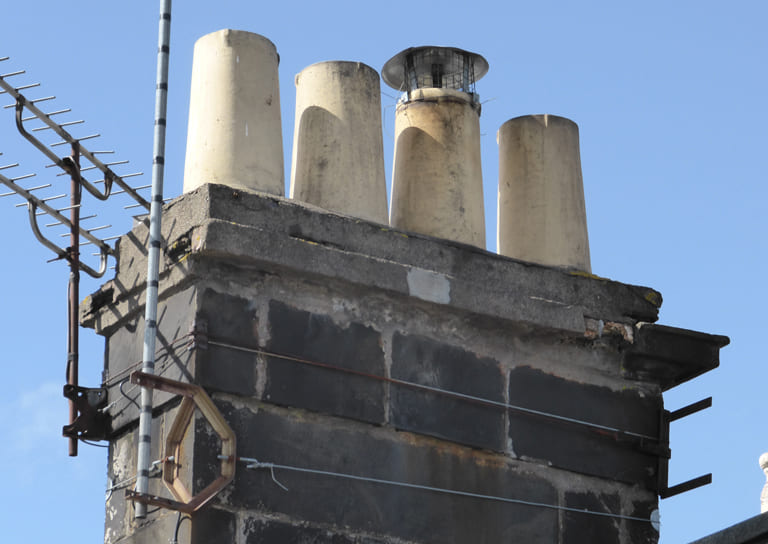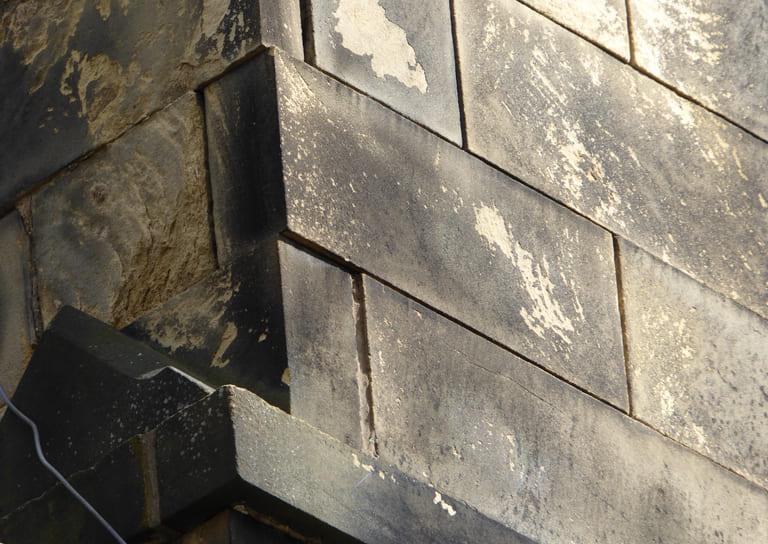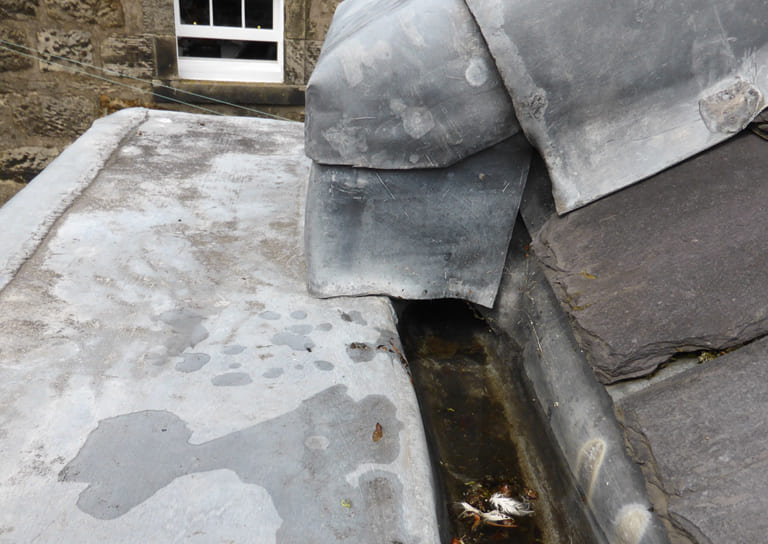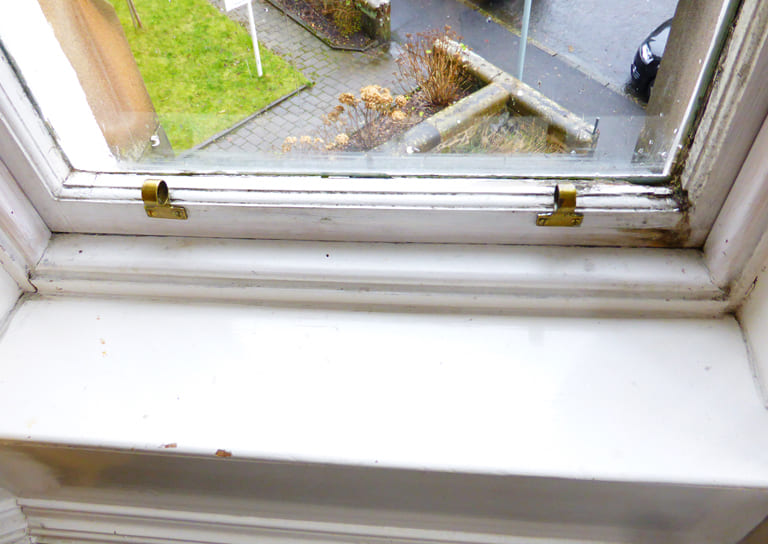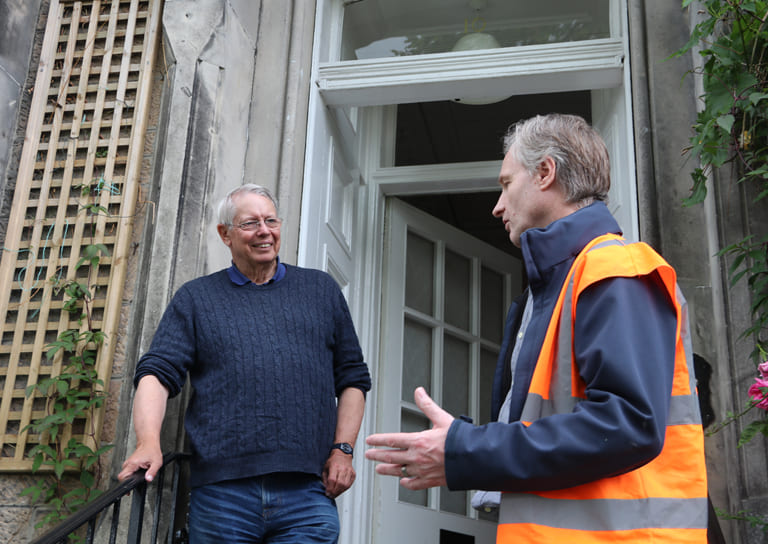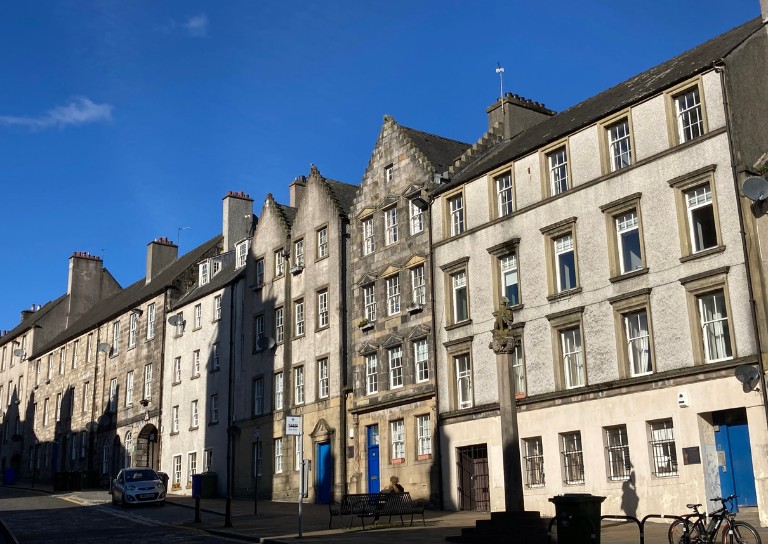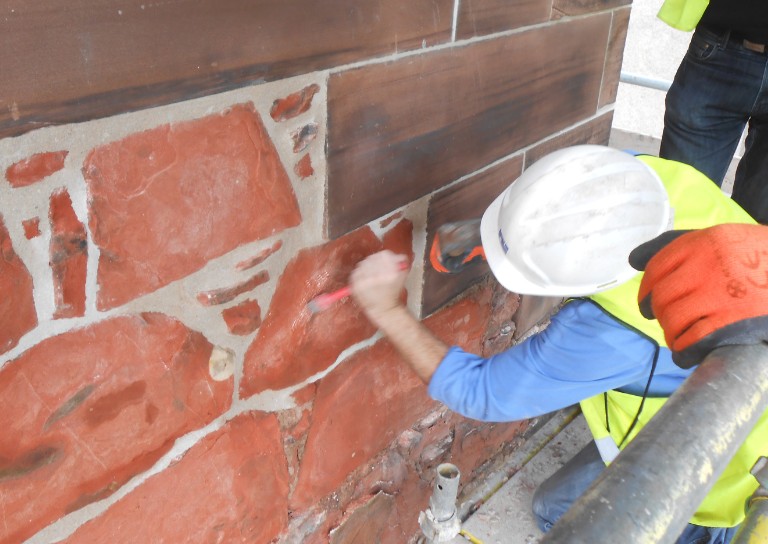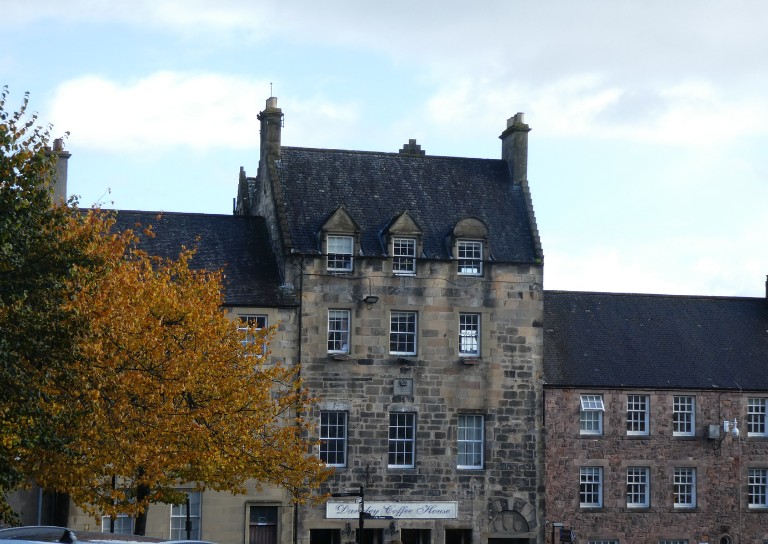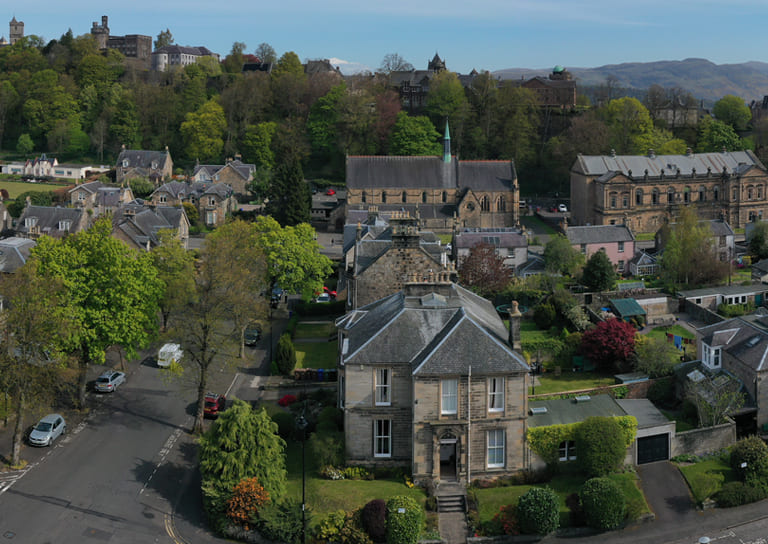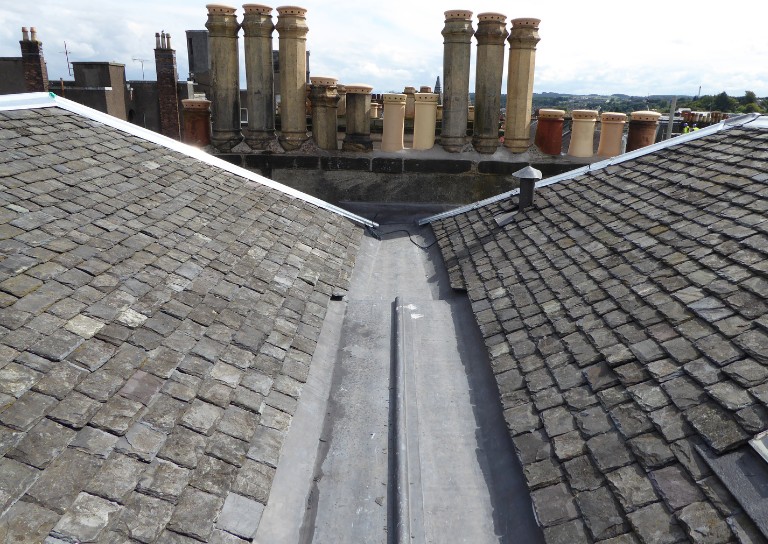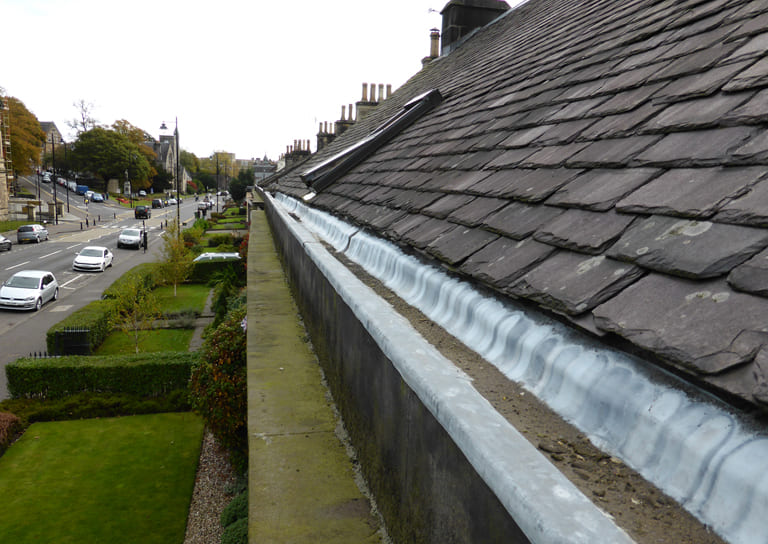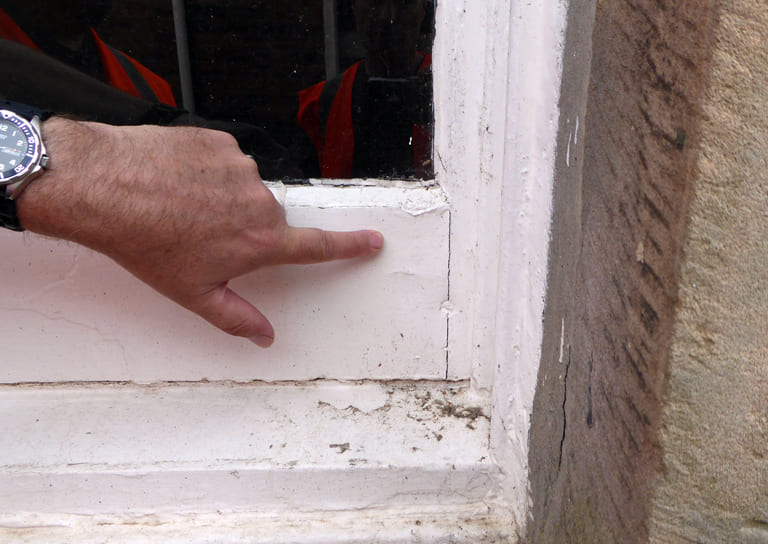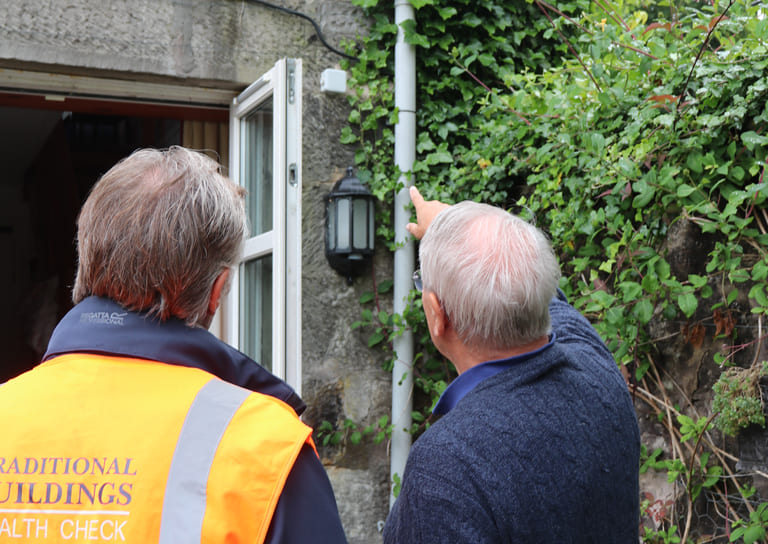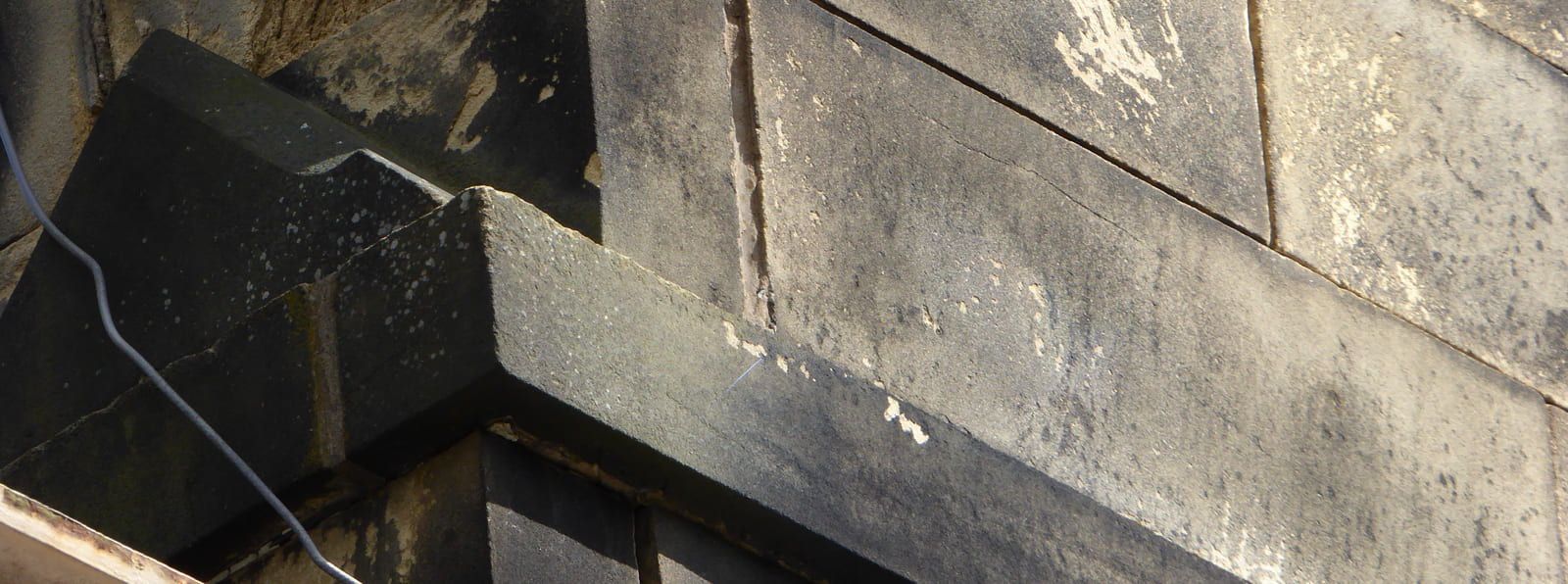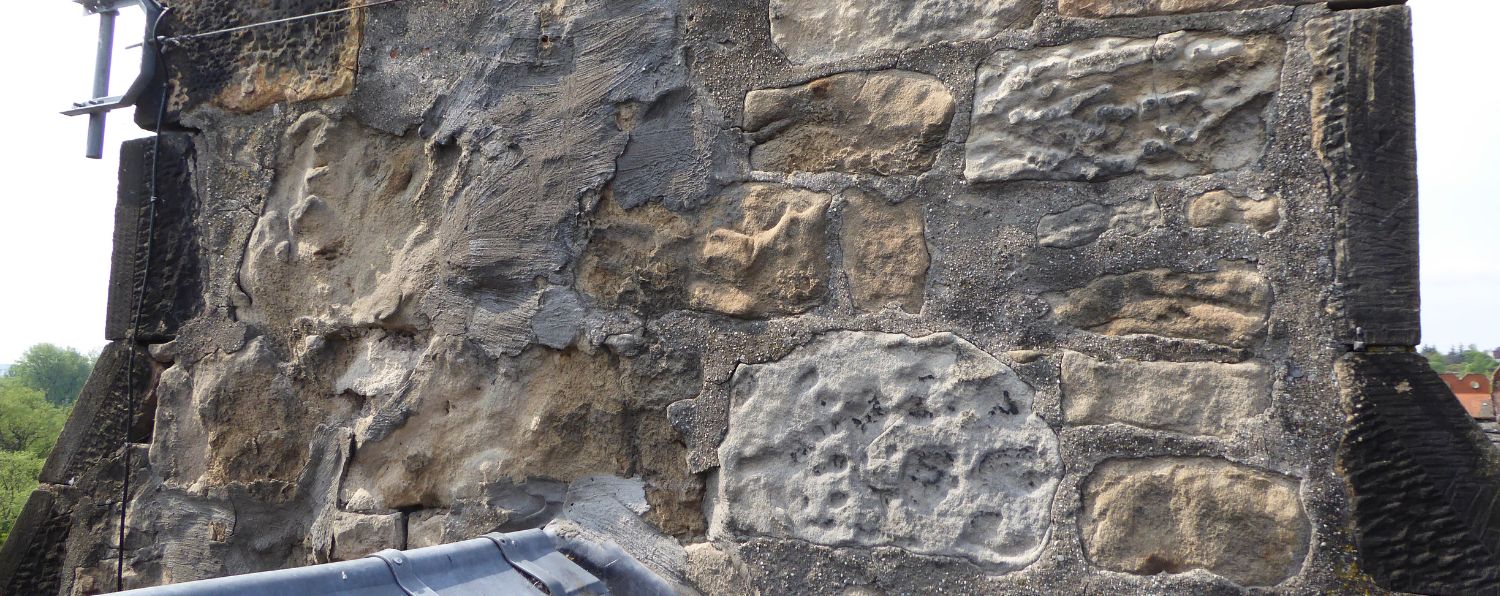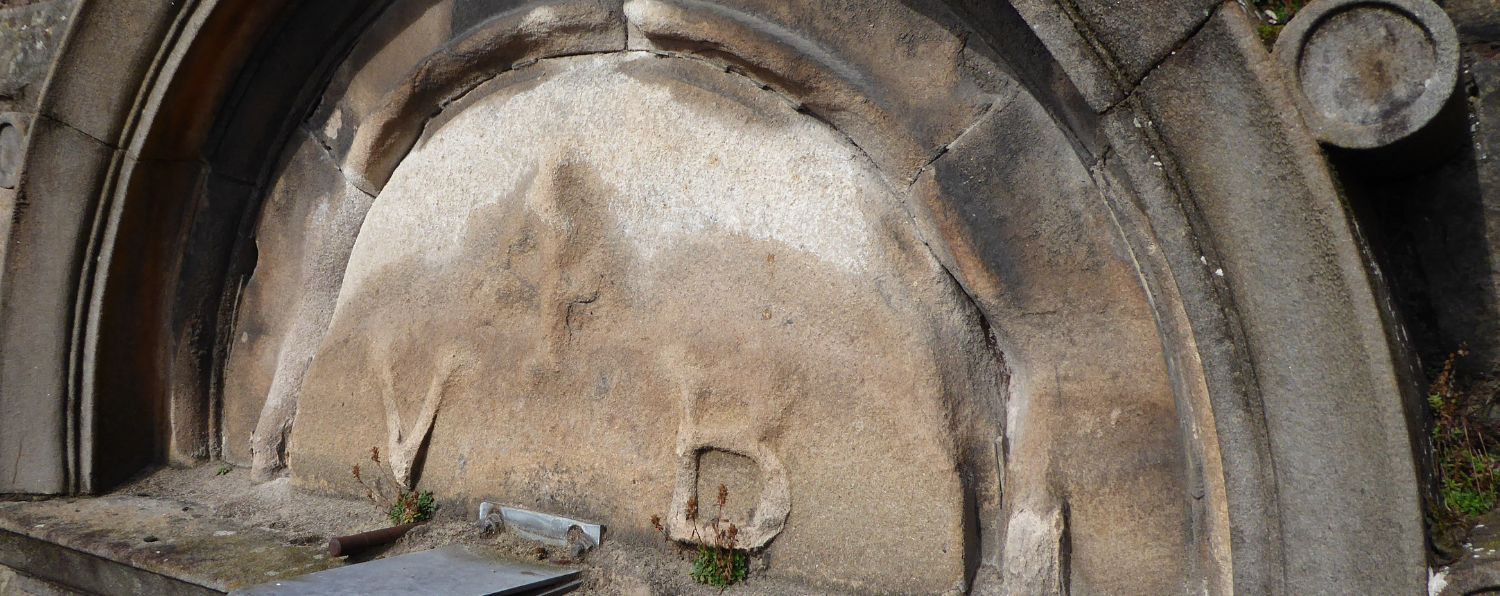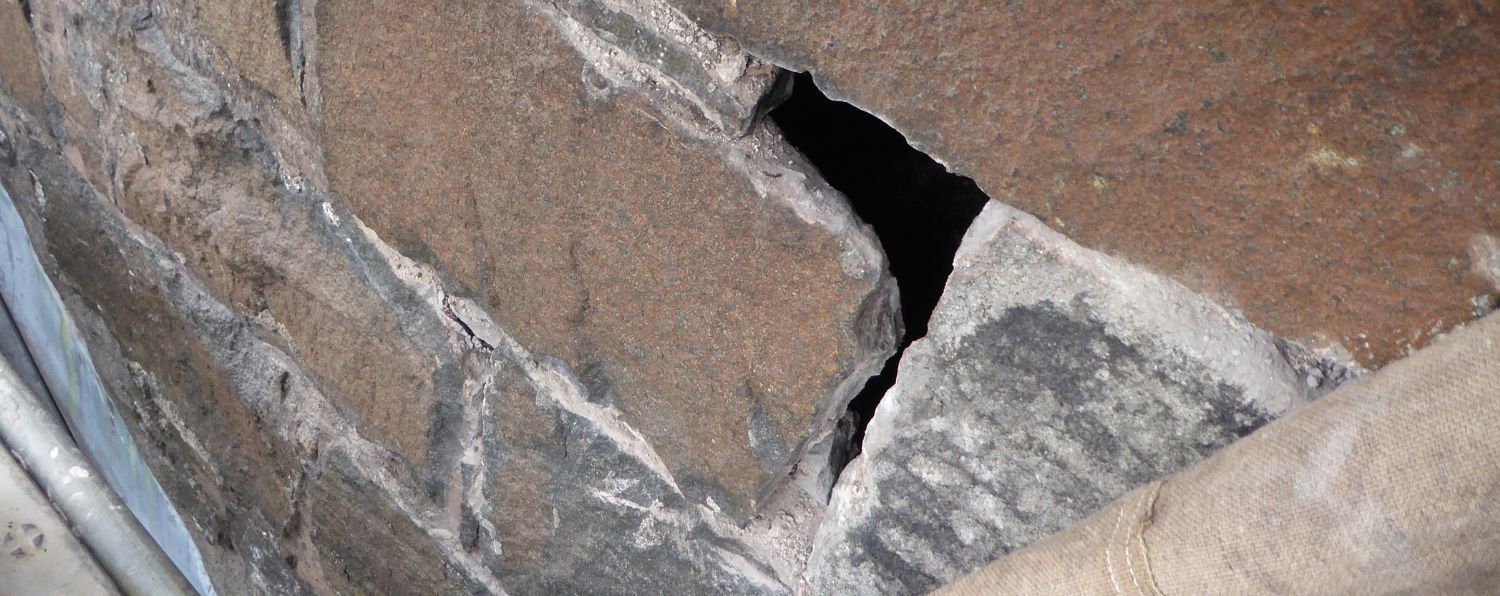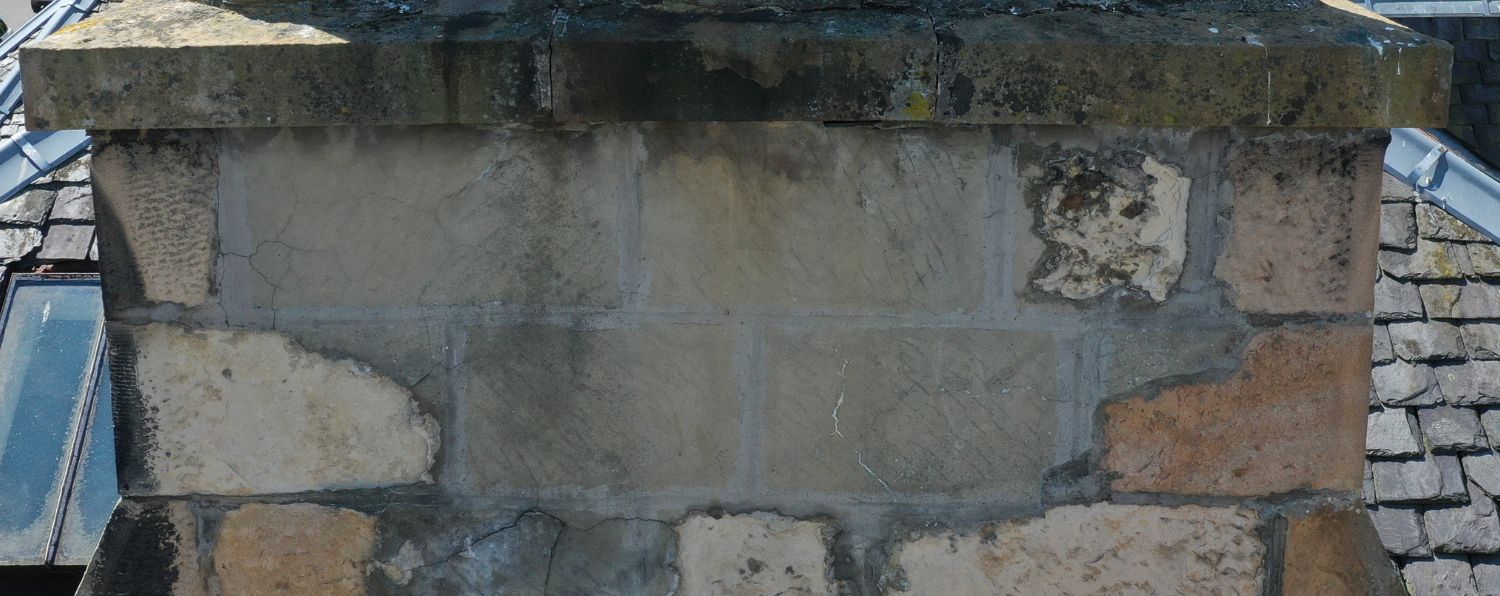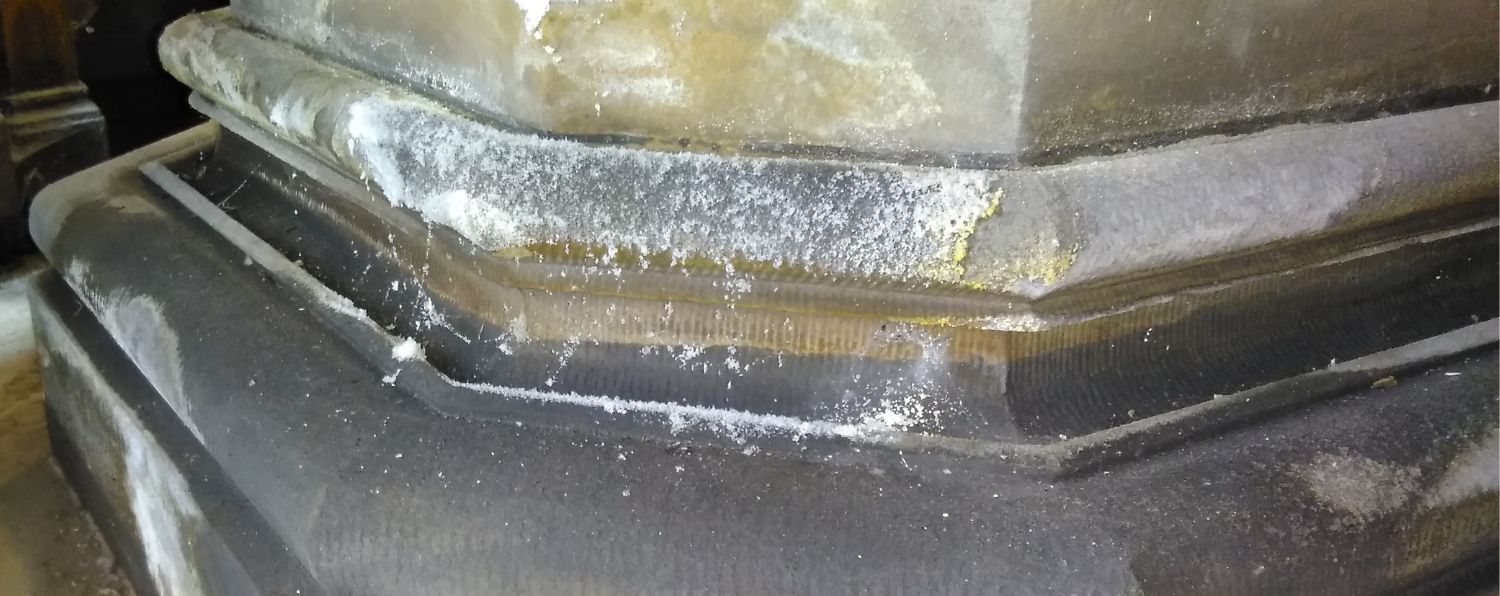Traditional stonework and pointing problems in older buildings
Stone has been used for building in Scotland for over 5,000 years and Stirling’s architectural heritage is testimony to its durability. Both whinstone and sandstone are used in Stirling. These have typically been built with mass-masonry wall construction. This means there is no cavity such as that found in modern construction. They rely on the lime mortar used to build and point each stone to transport moisture which has entered the wall to the outside surface where it evaporates.
Most 18th and 19th century stone buildings were designed in a very informed way to control the flow of water over their surface. For example, the cornice and string courses below function to direct water away from the face of the building as well as being decorative.
Masonry checklist
- Look out for surface decay on stones
- Check for visible gaps between stones
- Keep an eye on loss of detail on projecting areas
You can find out more in the HES Inform Guide ‘Masonry Decay’ along with other publications in this series.
Traditional stonework and pointing - common problems
What you can do
- Maintain rainwater disposal goods and leadwork on the roof to water from entering the stonework.
- Regularly check for missing pointing between stones.
- Owners of traditional buildings in Stirling can join the Traditional Buildings Health Check and get a regular drone survey of their roof
If you need work to the masonry of your building, always ensure that you appoint a contractor who is experienced in stonemasonry and the use of lime mortar. Contact the TBHC team for advice.

